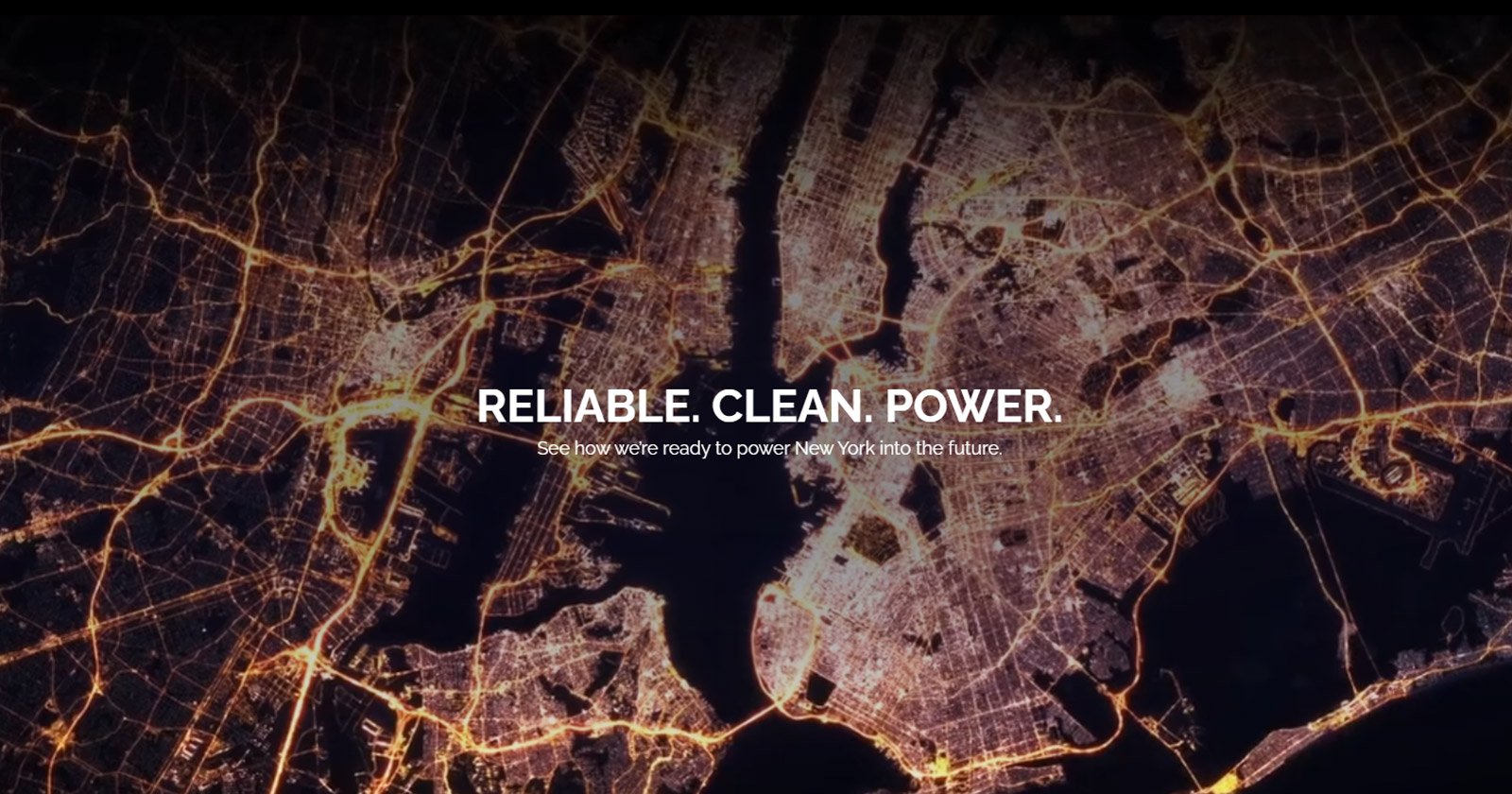Champlain Hudson Power Express – The most powerful project you’ll never see

Champlain Hudson Power Express Will Deliver Safe, Secure, Affordable, clean Energy for the North East
Transmission Developers Inc. are developing an innovative power transmission line that will bring safe, secure, affordable, clean power to New York and New England from the U.S.-Canadian border. The transmission power line, called the Champlain Hudson Power Express, is a High Voltage Direct Current (HVDC) cable designed to principally run under waterways to minimise the impact to local communities and the environment. This project will deliver truly clean power to meet growing energy demand, increase electric grid security and reduce consumer energy costs.
The Champlain Hudson Power Express (CHPE) is an innovative renewable power transmission project that is ready to deliver REAL. CLEAN. POWER. to New York. The project will play a key role in the state’s energy transformation, lowering greenhouse gas emissions, creating jobs and generating billions of dollars in new investment in New York’s economy while delivering low-cost renewable energy to New York state.
CHPE is the most powerful project you’ll never see, and it is ready to provide clean energy with the resiliency and environmental safety that New York and the rest of the nation demand.
Project overview
Size: 1,250 MW—enough power for more than one million New York homes.
Length: 339 miles with 60% in waterways and 40% buried underground.
Route: From the U.S.-Canadian border to Queens, NY.
Safety: Underwater or completely buried in existing rights of way.
Permitted: CHPE is permitted and ready to start construction.
Environmental Impact: Buried line to minimize environmental and social impacts while maximizing resiliency in the face of extreme weather events.
Economic Benefits: From the beginning of construction through the first 30 years of operation, CHPE will deliver $28.6 billion in economic benefits to New York state, including $1.7 billion in tax revenue for local municipalities.
Environmental Benefits
The Champlain Power Express (CHPE) builds on New York’s history of utilizing environmentally friendly and inexpensive hydropower. What began with textile and grain mills built alongside New York’s rivers grew to harness the power of Niagara Falls to light up homes and businesses across the state. Faced with the goals of combating climate change by reducing greenhouse gas (GHG) emissions while transitioning to clean renewable energy and hydroelectric energy delivered over CHPE offers an excellent option to meet New York’s current and future energy needs.
The monitoring and safety technology incorporated into the construction of CHPE’s solid-state transmission line instantaneously detects any damage to the cable and immediately halts the electric current before there is any threat to life or property. HVDC cables are also liquid- and gel-free, meaning in the unlikely event that a cable is damaged, there are no dangerous chemicals to leak into bodies of water or environmentally sensitive areas.
To ensure that the environment is cleaner than when the project began, CHPE will provide $117 million over 35 years to fund environmental protection programs through the Hudson River and Lake Champlain Habitat Enhancement, Restoration, and Research/Habitat Improvement Trust Fund. The administration of this fund will be overseen by a committee comprised of state and local regulatory agencies, as well as environmental advocacy groups, ensuring that projects meet local needs and environmental benefits are maximized.
HVDC: Safe, Reliable, Time-Tested Technology
Buried HVDC cables have been used worldwide for nearly 80 years. Some of the first commercial uses for HVDC lines date back to the early 1950s, and many are still in service today. These include projects right here in our backyard. In the New York metropolitan area, the Neptune project safely connects New Jersey and Long Island via an HVDC cable that runs right through New York Harbor.
Buried HVDC has many benefits, including:
- Minimizing impacts on the environment including protecting New York’s scenic landscapes.
Resilient technology that will not fail in the face of extreme weather events.
- Avoids visual impacts of overhead transmission projects with out of sight installation—either underwater or underground.
- Minimal electrical energy losses in comparison to traditional overhead HVAC transmission lines, making it well suited for a project covering this distance.
Buried HVDC has a proven history, HVDC submarine cables have been used for more than 70 years in the U.S., Europe, and the South Pacific. Working examples include:
- The Cross-Sound project from Shoreham, Long Island, to New Haven, Connecticut.
- The Neptune project from Sayreville, New Jersey, to New Cassel in Nassau County, New York.
- The Trans-Bay HVDC cable project in California connecting Pittsburg in the East Bay to San Francisco.
- A large number of working HVDC submarine cables transporting power between Europe and Scandinavia, between the UK and France, between the islands of New Zealand, and between Italy and Greece, just to name a few.
Image and copy source: CHPE

